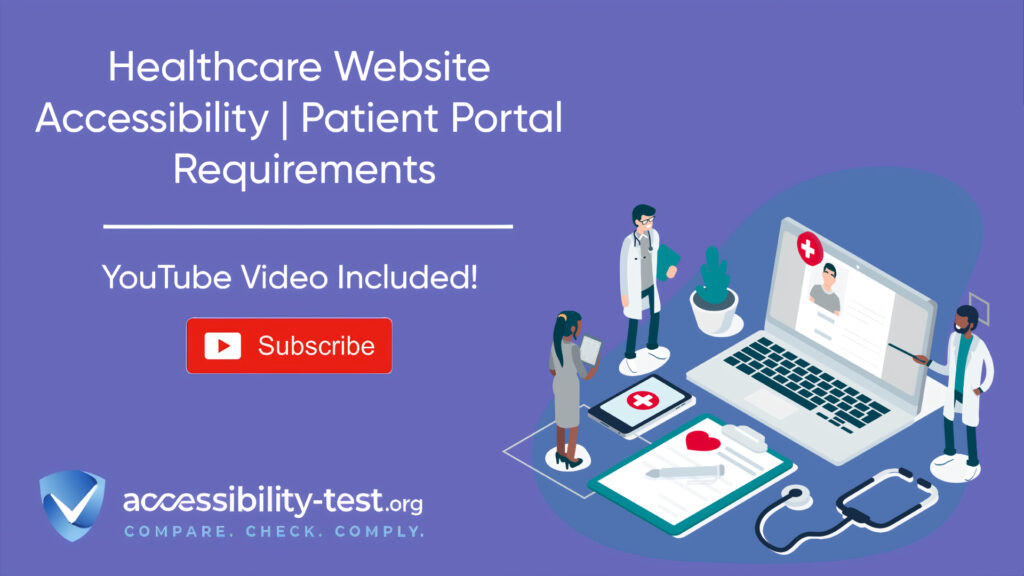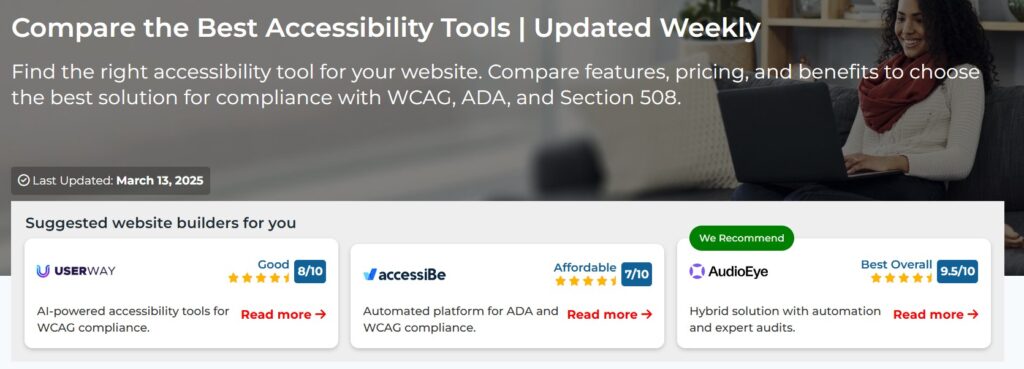
Patient Portal Requirements
Patient portals have become vital tools in modern healthcare, helping patients access medical records, schedule appointments, and interact with healthcare providers. Making these digital platforms work for everyone means carefully balancing accessibility for people with disabilities and strong privacy protections for medical information. Healthcare organizations face unique challenges with their websites – they need to follow both accessibility rules and strict medical privacy laws. This article examines the key requirements for making patient portals accessible while keeping patient information secure and private.
The Dual Mandate | HIPAA and Accessibility Compliance
Healthcare websites must meet two major sets of requirements: protecting patient information under HIPAA and ensuring people with disabilities can use the site effectively. These two goals sometimes seem to conflict but actually work together when implemented correctly.
Where Privacy and Accessibility Intersect
When healthcare websites aren’t accessible, it creates privacy risks. Think about what happens when a blind user can’t navigate a patient portal because it doesn’t work with screen readers – they might need to ask a family member for help accessing personal medical information. This immediately compromises their privacy.
“The healthcare industry increasingly relies on digital solutions to improve communication, streamline processes, and enhance patient care. Among these innovations, patient portals have become essential for empowering patients to manage their health records, appointments, and communications with providers”. But this only works when everyone can use these systems independently.
Privacy and accessibility support each other in several ways:
- Screen reader compatibility allows people with vision impairments to access their information privately
- Keyboard navigation helps people with motor disabilities complete forms without assistance
- Clear, simple language helps people with cognitive disabilities understand privacy policies on their own
- Captions on videos let deaf or hard-of-hearing users get information without needing interpreters
When healthcare websites work on making their sites accessible, they actually improve privacy protection by allowing more patients to handle their medical information without help from others.
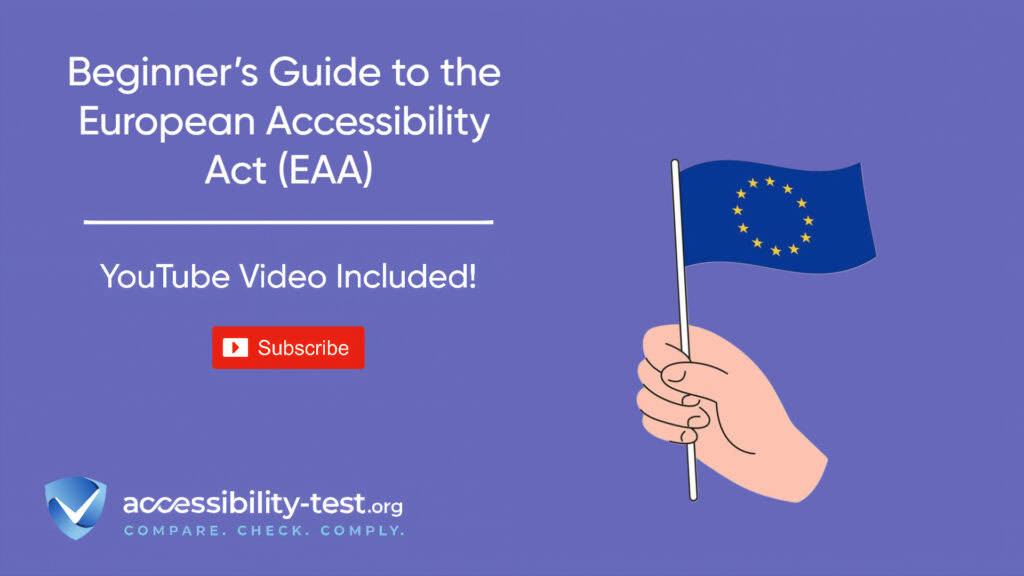
Legal Framework for Healthcare Digital Properties
Healthcare websites must follow several important laws and standards:
- The Health Insurance Portability and Accountability Act (HIPAA) protects patient data privacy
- The Americans with Disabilities Act (ADA) requires websites to be accessible to people with disabilities
- Section 508 requires federal agencies and organizations receiving federal funding to make electronic information accessible
- Section 1557 of the Affordable Care Act specifically addresses healthcare discrimination
According to experts, “Section 1157 of the Patient Protection and Affordable Care Act requires healthcare organizations to make their information and communications technology accessible to all, including those with disabilities. Having a website that is not ADA or WCAG compliant can lead to complicated legal battles down the road”.
The Web Content Accessibility Guidelines (WCAG) provide detailed technical standards for making websites accessible. Most legal experts suggest following WCAG 2.1 Level AA as the minimum standard. These guidelines focus on four main principles: websites should be perceivable, operable, understandable, and robust.
For healthcare organizations, failing to meet these standards leads to serious consequences:
- Potential lawsuits under the ADA
- Possible loss of federal funding
- Damage to reputation and patient trust
- Excluding patients who need these services most
Healthcare websites should regularly test for accessibility issues, include people with disabilities in their testing process, document their accessibility efforts, and create clear plans for fixing any problems they find.
Critical Accessibility Features for Patient Portals
Patient portals need specific accessibility features to ensure all users can access their healthcare information and services. These features help healthcare websites meet both HIPAA and accessibility requirements.
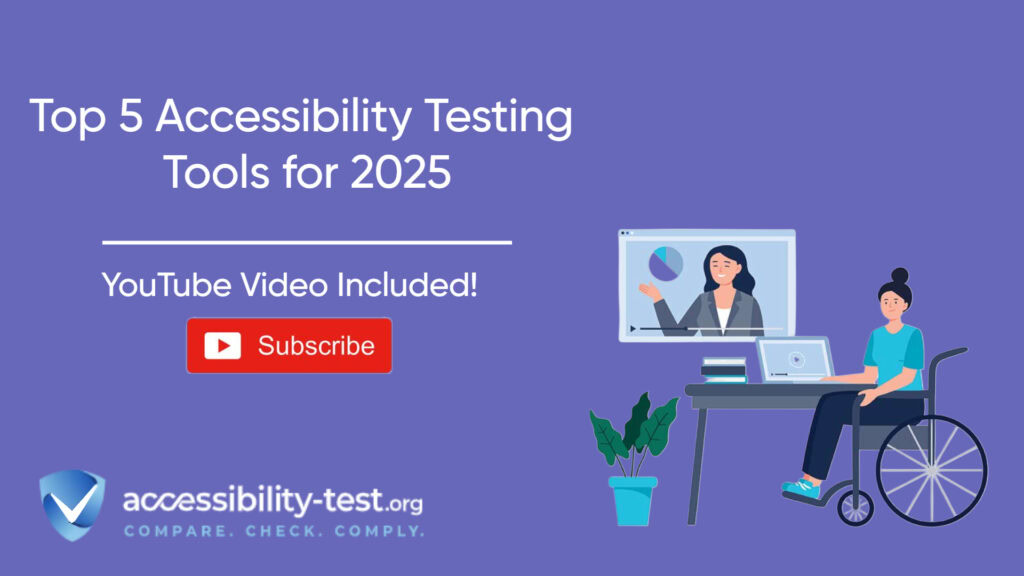
Accessible Authentication Systems
Login systems protect patient data but can create major barriers for people with disabilities if not designed thoughtfully. Secure authentication is essential because “healthcare institutions must ensure both providers and clinicians are who they say they are each time they request access — whether that’s onsite working in-person or when logging in remotely from an offsite location”.
Common problems with authentication systems include:
- CAPTCHAs that only work for people who can see images
- Session timeouts that don’t give enough time for people who type slowly
- Complex password requirements that create difficulties for people with memory or cognitive issues
- Biometric authentication methods that don’t work for everyone
To make authentication systems more accessible, healthcare websites should:
- Offer multiple ways to verify identity, not just one method
- Make sure all login processes work with keyboard navigation and screen readers
- Provide alternatives to visual CAPTCHAs, such as audio options
- Allow users to extend session times when needed
- Give clear error messages that explain how to fix problems
- Use plain language in all instructions
Single sign-on (SSO) systems can help reduce the burden of multiple logins. “Single sign-on (SSO) authentication for healthcare is a security framework that allows healthcare professionals to access multiple applications and systems with a single set of credentials. Instead of managing separate usernames and passwords for each application, users authenticate once and gain seamless access to all necessary resources”. This approach benefits patients too, making it easier to remember one secure password rather than multiple credentials.
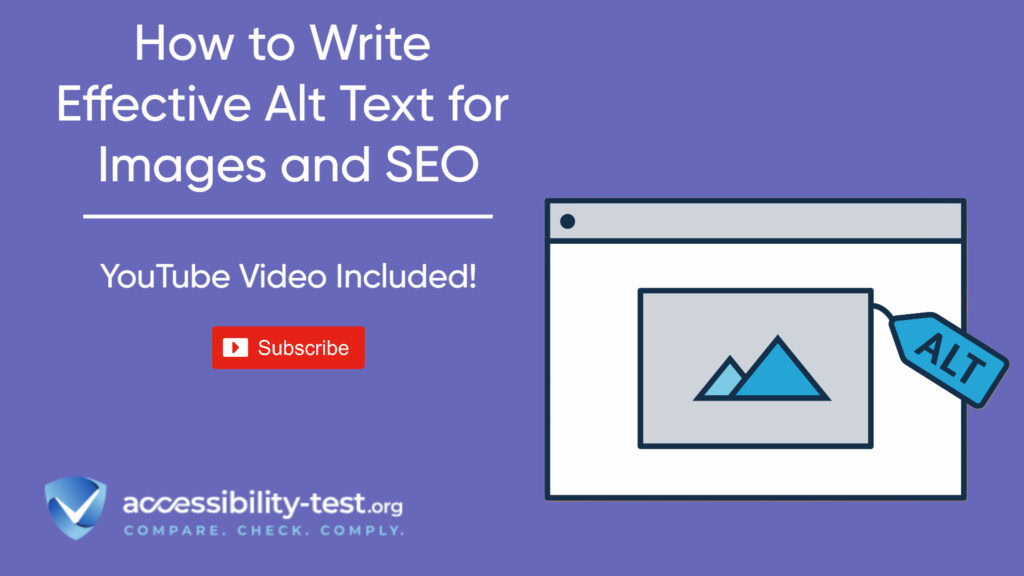
Multi-factor Authentication Accessibility
Multi-factor authentication (MFA) adds security by requiring users to verify their identity through multiple methods, like entering a code sent to their phone after entering their password. While this makes accounts more secure, it can create additional accessibility challenges.
According to security experts, “SSO can be made even more secure when paired with multi-factor authentication (also known as two-step verification). With MFA, the user is required to provide a second piece of evidence to prove their true identity”.
To make MFA accessible:
- Offer different second-factor options (not just text messages)
- Ensure screen readers can announce verification codes properly
- Give clear instructions in simple language
- Allow enough time to complete verification steps
- Test with users who have different disabilities
Healthcare organizations are exploring newer authentication methods: “Healthcare organizations are undergoing a transition away from passwords towards more secure and convenient authentication methods”. One approach gaining popularity is FIDO (Fast Identity Online) authentication, which “encompasses familiar methods like facial recognition, fingerprint identification, and physical security keys”.
When implementing these new technologies, healthcare websites need to ensure they work for everyone:
- Fingerprint authentication should include alternatives for users who don’t have fingers or whose fingerprints don’t register well
- Facial recognition should work for users with facial differences or those who cover their faces for religious reasons
- Physical security keys should be usable by people with limited hand dexterity
By providing multiple authentication options, healthcare websites can balance security needs with accessibility, ensuring all patients can access their information independently.
Medical Document Accessibility Requirements
Patient portals contain various types of documents that must be accessible to all users, including medical records, test results, billing statements, and educational materials.
To make medical documents accessible:
- Use HTML rather than PDFs when possible
- If using PDFs, ensure they are properly formatted for screen readers
- Include alternative text for all images, charts, and diagrams
- Provide text descriptions for medical images and test results
- Create data tables with proper headings and structure
- Make sure text can be enlarged without breaking the layout
- Use high contrast colors for text and graphics
- Use plain language and explain medical terms
For medical images like X-rays or MRI scans, detailed text descriptions of the findings help not only blind users but also patients who may have trouble understanding medical images.
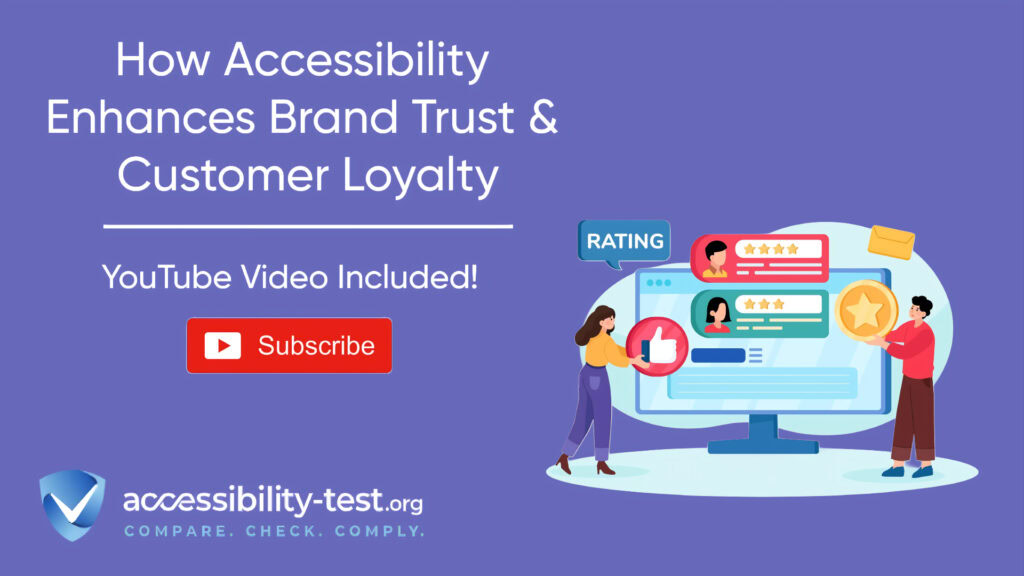
Making Lab Results and Prescription Information Accessible
Lab results and prescription information need special attention to accessibility. These documents often contain complex data and important information that patients need to understand clearly.
For lab results:
- Present data in well-structured tables with clear headings
- Include normal ranges to help users understand their values
- Organize different test categories with descriptive headings
- Don’t rely only on color to show abnormal results
- Explain medical terms in plain language
- Make sure printable versions maintain all accessibility features
For prescription information:
- Clearly show medication names, dosages, and instructions
- Use simple language for how to take medications
- Include warnings and side effects in an accessible format
- Provide text alternatives for any descriptions of how medications look
- Present medication schedules in a format that works with screen readers
- Make sure refill request buttons and forms work with keyboard navigation
Offering multiple formats (HTML, accessible PDF, and plain text) allows users to choose what works best with their assistive technologies.
Healthcare portals should also make sure their appointment scheduling systems are accessible, with clear date pickers that work with keyboard navigation and screen readers. Calendar interfaces often create barriers for users with disabilities if not designed correctly.
In 2025, many patients are using their mobile devices to access health information on the go. “As more users access the internet through mobile devices, it is crucial for website designers to adopt mobile accessibility guidelines that ensure all individuals, including those with disabilities, have an equitable experience”. This means patient portals need responsive designs that work well on smaller screens while maintaining accessibility features.
Mobile accessibility for patient portals should include:
- Touch targets (buttons, links) that are large enough to tap easily
- Support for device accessibility features like screen readers and magnification
- The ability to use the portal in both portrait and landscape orientations
- Text that remains readable without horizontal scrolling
- Forms that work well on smaller screens

Using Automated Tools for Quick Insights (Accessibility-Test.org Scanner)
Automated testing tools provide a fast way to identify many common accessibility issues. They can quickly scan your website and point out problems that might be difficult for people with disabilities to overcome.
Visit Our Tools Comparison Page!

Testing and Validation for Healthcare Portals
Testing healthcare websites for accessibility requires specific approaches that address both general accessibility requirements and healthcare-specific concerns.
Healthcare-Specific User Testing Protocols
User testing with people who have disabilities is essential for ensuring healthcare websites truly work for everyone. Healthcare organizations should develop testing protocols that address the unique aspects of patient portals.
When creating testing protocols:
- Include users with different disabilities (visual, hearing, motor, cognitive)
- Test with various assistive technologies (screen readers, voice recognition, etc.)
- Create realistic healthcare scenarios (checking test results, requesting prescription refills, scheduling appointments)
- Test login processes with different user abilities
- Evaluate emergency access features for accessibility
- Check mobile accessibility for on-the-go health management
Experts note that “dynamic text resizing capabilities further enhance visual accessibility. Users should be able to adjust the size of the text without losing content or functionality”. Testing should verify that content remains usable when:
- Text is enlarged 200%
- The site is viewed on different devices
- Color and contrast settings are changed
- Only keyboard navigation is used
- Screen readers are accessing the content
Form validation is particularly important for healthcare websites where errors could have serious consequences. “Implementing error prevention measures is another best practice. Websites should inform users of potential mistakes while they are completing forms, such as disallowed characters or incomplete entries”. Testing should ensure that error messages are:
- Clearly visible
- Specifically describe the problem
- Connected to the form field with the error
- Announced by screen readers
- Helpful in explaining how to fix the error
Healthcare forms often collect sensitive information, so accessibility testing should also verify that privacy notices and consent forms are fully accessible and understandable. Users with disabilities must be able to understand what information they’re sharing and how it will be used.
Documenting Compliance for Healthcare Regulators
Healthcare organizations need to document their accessibility efforts both for internal quality checks and for potential regulatory review.
Good documentation includes:
- Regular accessibility testing reports
- Statements showing WCAG 2.1 AA compliance
- Detailed testing procedures and results
- User feedback and how issues were resolved
- Plans for fixing any remaining accessibility problems
- Records of staff training on accessibility
Experts emphasize that “there are three major reasons that healthcare entities have an even bigger responsibility to be inclusive”, including legal requirements. Good documentation shows your commitment to making your services available to everyone.
Documentation should include both automated and manual testing results. While automated tools can find many technical issues, testing by accessibility experts and users with disabilities provides important insights that automated tools miss.
Create a process for ongoing monitoring, as websites change with new content and features. Plan regular reviews to ensure continued compliance with both accessibility standards and healthcare privacy regulations.
When documenting accessibility for healthcare regulators, focus on these key areas:
- Authentication processes and their accessibility
- Health record access methods
- Form accessibility and error handling
- Medical document accessibility
- Communication features (messaging, appointment requests)
- Mobile accessibility
Clear documentation helps demonstrate that your patient portal meets the requirements of both HIPAA and accessibility laws.
Implementing Accessibility Features in Healthcare Websites
Making healthcare websites accessible requires planning and ongoing attention to detail. Here are practical steps healthcare organizations can take to improve accessibility.
Starting with an Accessible Foundation
Building accessibility from the beginning is much easier than fixing problems later. When developing or updating a patient portal:
- Choose a content management system (CMS) with strong accessibility features
- Use responsive design that works on all devices
- Create clear navigation that works with keyboard and screen readers
- Establish color schemes with sufficient contrast
- Set up heading structures that organize content logically
If using WordPress for a healthcare site, remember that “WordPress, a versatile content management system, offers a powerful foundation for creating these portals. However, ensuring compliance with the Health Insurance Portability and Accountability Act (HIPAA) is critical when dealing with sensitive patient information”.
Ongoing Accessibility Maintenance
Accessibility isn’t a one-time project but requires ongoing attention. Healthcare organizations should:
- Train content creators on accessibility basics
- Include accessibility checks in content approval processes
- Regularly test key user flows with assistive technologies
- Stay updated on changing accessibility standards
- Create ways for users to report accessibility problems
Regular testing is particularly important for healthcare websites because “the healthcare industry is highly regulated, with stringent security requirements designed to protect sensitive information”. These security measures sometimes conflict with accessibility if not implemented thoughtfully.
The Business Case for Accessible Healthcare Websites
Beyond legal requirements, there are strong business reasons for making healthcare websites accessible:
Expanding Patient Reach
Creating accessible patient portals helps healthcare organizations reach more patients. About 20% of people globally face challenges with basic tasks, representing a significant portion of potential patients. Making digital services accessible to this group expands your patient base and improves service delivery.
Reducing Support Costs
When patients can use your website independently, it reduces calls to support staff. Accessible websites typically reduce support costs by decreasing:
- Password reset requests
- Questions about how to use the site
- Requests for alternative formats
- Navigation help
As one expert notes, “By prioritizing accessibility, web designers can help make information universally available, fostering a more equitable online environment for all users”.
Improving Overall User Experience
Accessibility improvements often make websites better for everyone. Clear navigation, simple language, and logical organization benefit all users, not just those with disabilities. Mobile-friendly designs help all users access healthcare information on any device.
Enhancing Brand Reputation
Healthcare organizations that prioritize accessibility show their commitment to patient care. This builds trust and enhances reputation in the community. As healthcare becomes more competitive, accessibility can be a differentiating factor that attracts patients looking for inclusive care options.
Run a FREE scan to check compliance and get recommendations to reduce risks of lawsuits
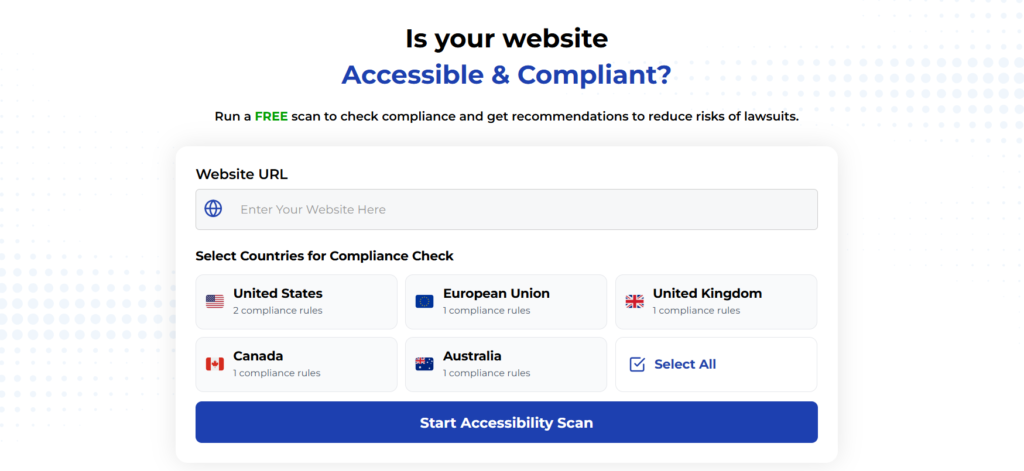
Creating accessible patient portals requires attention to both healthcare privacy requirements and accessibility standards. By focusing on accessible authentication, clear document formatting, and thorough testing, healthcare organizations can build digital experiences that truly serve all patients.
The benefits extend beyond compliance with laws and regulations. Accessible healthcare websites improve patient satisfaction, reduce support costs, and demonstrate a commitment to inclusive care. In today’s digital healthcare environment, accessibility is becoming an essential part of quality patient care.
By implementing the features and practices outlined in this article, healthcare organizations can create patient portals that are secure, accessible, and user-friendly for everyone. This approach not only reduces legal risks but also improves healthcare delivery by making digital services available to all patients.
Run a FREE scan to check compliance and get recommendations to reduce risks of lawsuits.



